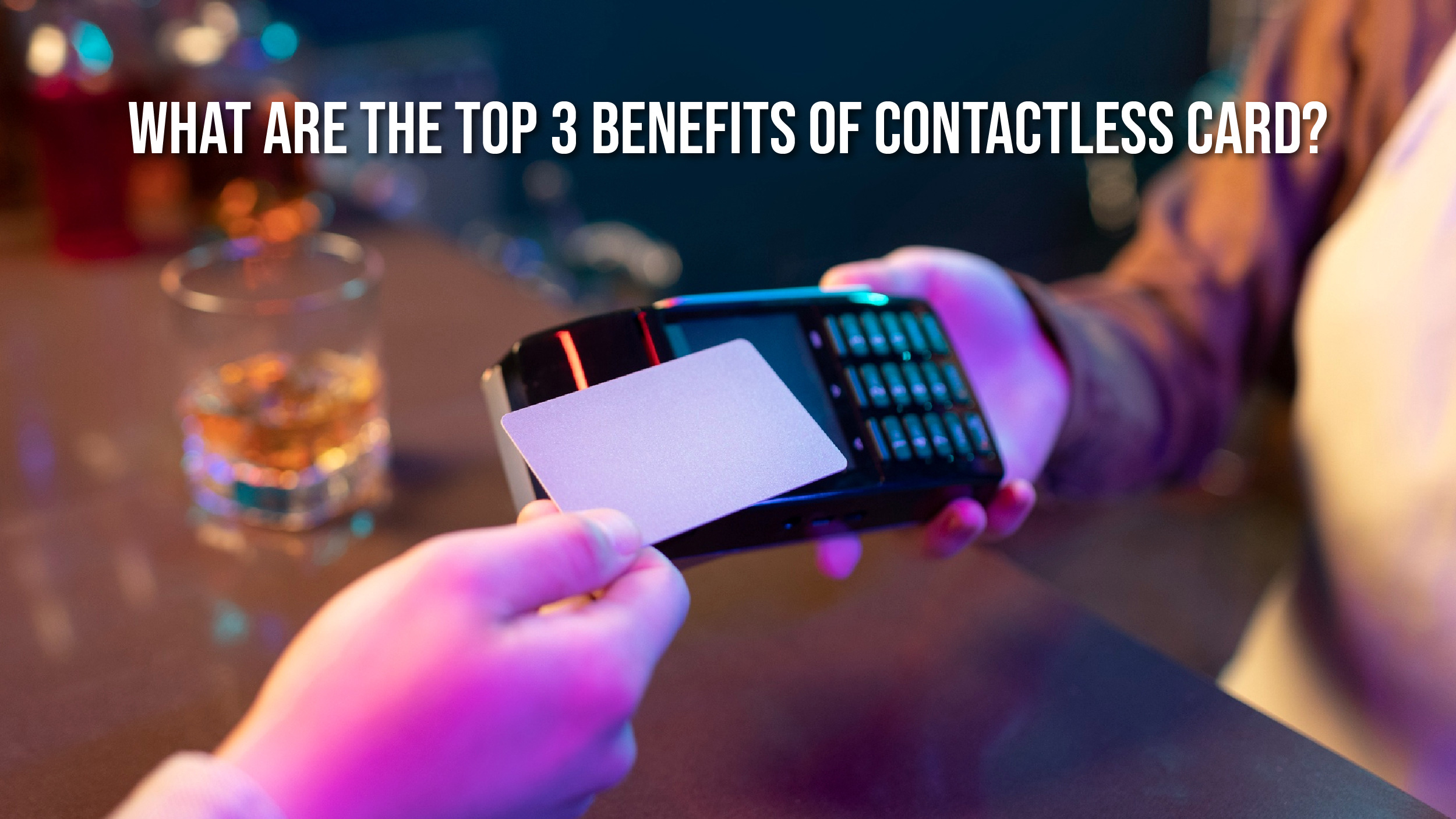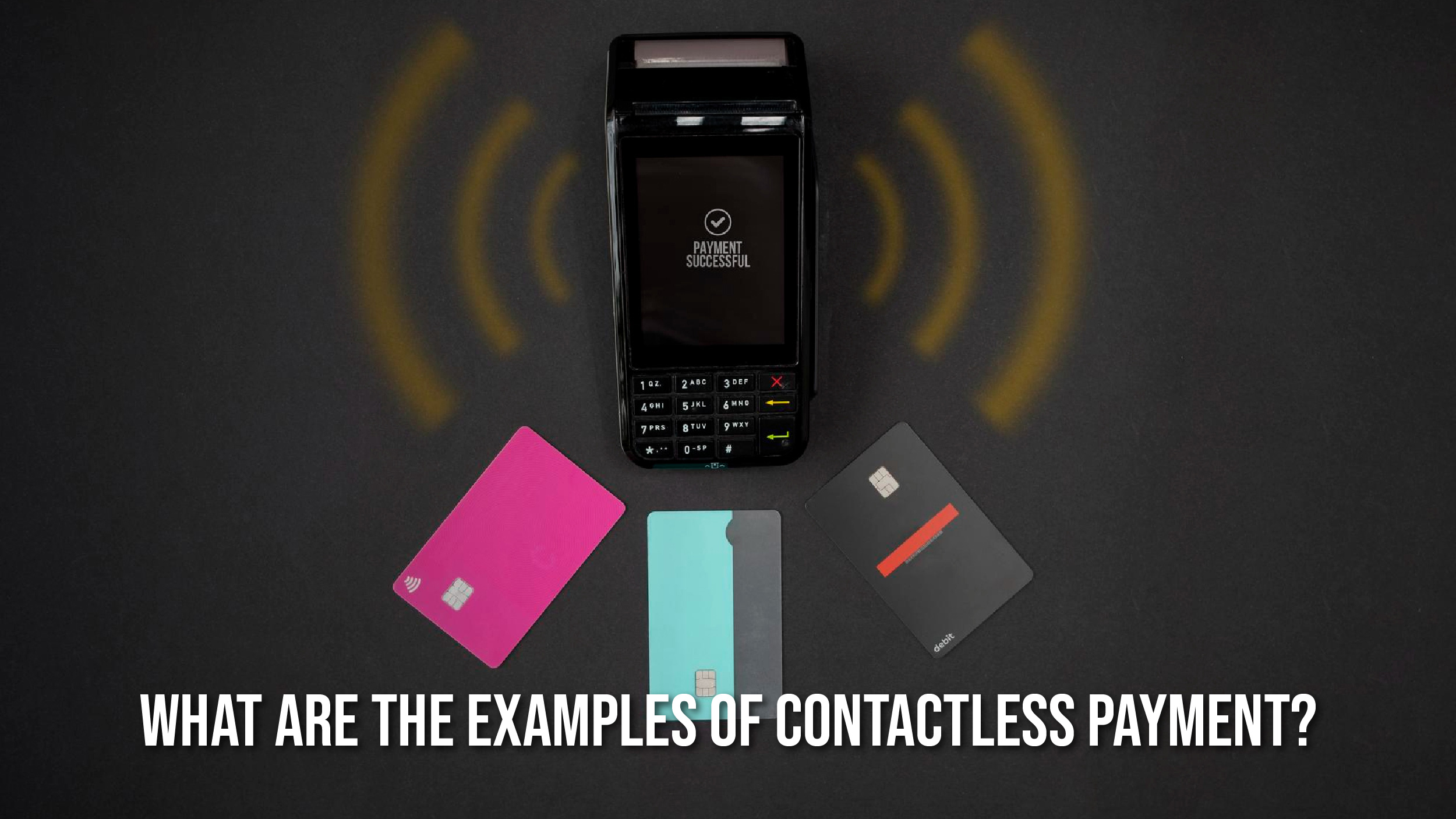Banking technology is always evolving to make money management more efficient, secure, and accessible. Contactless card payment is an example of such a feature, which has arisen as a necessary practice for saving time and ensuring a smooth payment experience. Even before the pandemic, contactless cards were widely utilized, and their relevance has only expanded in recent years.
What is Contactless Card Payment?
“Contactless card payment” is a no-touch method of paying with a credit, debit, or gift card on a point-of-sale system that has the necessary technology. To put it simply, debit and credit cards that utilize WiFi technology for transactions are commonly known as contactless cards. These cards can be identified by a symbol that looks like the WiFi icon turned horizontally. This symbol indicates that the card has a contactless feature, allowing users to make transactions by tapping or holding the card near a point-of-sale (PoS) device equipped with Near Field Communication (NFC) technology.
Contactless cards use radio frequency identification (RFID) and NFC to transfer data over short distances without physical contact with the PoS device. This technology offers a convenient and secure method for making purchases, eliminating the need to swipe or insert the card into a terminal. The popularity of contactless cards is on the rise due to their ease of use and faster transaction times.
How Does Contactless Payment Work?
A contactless card uses RFID technology to allow you to execute a transaction by hovering or tapping the card over a card terminal. The card sends out short-range electromagnetic waves that are picked up by the point-of-sale system and processed to complete the transaction.
A little integrated chip emits electromagnetic waves in contactless cards. This is not the “insert” chip that you use to avoid swiping. Your payment information is communicated when you place your card within a few inches of a contactless-enabled payment terminal. Don’t remove your card too quickly because the transaction may take a second or two to complete. The payment terminal may beep, display a green checkmark, or flash a green light to signify that the transaction is complete.
What are the Top 3 Benefits of Contactless Card?

Now that we have a fair understanding of contactless payments, let’s have a look at their 3 major advantages.
1. Speed of Transaction
As we all space out or start a new topic or thoughts during the time between inserting the card and receiving confirmation, most payment terminals will buzz or ding to warn you when you can finally remove your card. In comparison, “tapping” a contactless chip to pay takes only a few seconds. Contactless payments are both faster and safer than paying with cash or a magnetic stripe swipe.
2. International Acceptance
While many of us are unable to travel internationally at this time, another advantage of contactless cards will become apparent once foreign travel is resumed. Chip and PIN technology has become so common in other countries, particularly in Europe and Australia, that it has basically become the new standard. Many self-service ticket machines demand contactless payment or a Chip and PIN-equipped card. If you don’t have a Chip and PIN card, a contactless credit card may be your only option for paying some businesses.
3. Security
While many of us are unable to travel overseas at this time, once international travel is resumed, another advantage of contactless cards will become obvious. Chip and PIN technology has become the new standard in various nations, particularly in Europe and Australia. Contactless payment or a Chip and PIN card is required by many self-service ticket machines. A contactless credit card may be your sole option for paying some businesses if you don’t have a Chip and PIN card.
Stealing your physical credit card is the simplest way for a thief to take advantage of contactless payment technology. Thieves may theoretically get away with making fraudulent payments because signatures aren’t always required for contactless payments, but card issuer fraud departments have gotten fairly smart, and any fraudulent charges will almost certainly be reported and reimbursed to your account.
What are the Examples of Contactless Payment?

Contactless payment options are offered not only by banks and financial institutions but also by various companies. For instance, Google and Android introduced their payment systems, compatible with NFC, in 2011. Apple joined the trend with Apple Pay, its own digital wallet, in 2014.
· Apple Pay
Apple Pay is integrated into most Apple devices through the Apple Wallet app. Users can store credit and debit card information on their iPhones or Apple Watches for in-store purchases. The system also facilitates online and in-app transactions. Users can send money to friends and family via text messages using Apple Pay.
· Google Pay
Google Pay enables users to make secure payments at participating physical and online stores through its app. Instead of sharing a credit card number, Google provides an encrypted number linked to the user’s payment card. Similar to Apple Pay, users can send and receive money using email addresses or phone numbers.
· Samsung Pay
Samsung also introduced a digital wallet that allows users to store payment card details for use at merchant terminals. Samsung Pay users can earn cashback and rewards by making purchases with their phones. Users can easily add cards by taking a photo or scanning a barcode and then tap to complete transactions.
How Safe is Contactless Payment?
Contactless payment is considered one of the safest methods. Each transaction generates a unique encrypted code, making it challenging for hackers to duplicate. However, as contactless payments do not require a PIN, lost or stolen cards may pose a risk of fraudulent transactions.
Contactless Payment Limits
There is generally no limit on the number of contactless payments you can make in a day. However, providers may occasionally prompt users to manually re-enter their PIN to verify identity and prevent fraud.
In Conclusion
Contactless payments eliminate physical contact between buyers and sellers, allowing for faster transactions. This technology, which uses RFID or NFC technology, connects with a bank account and completes purchases within seconds. Most vendors now accept contactless payments, which can be found on their POS terminals. This safer alternative to magnetic stripe cards is easier to clone.




